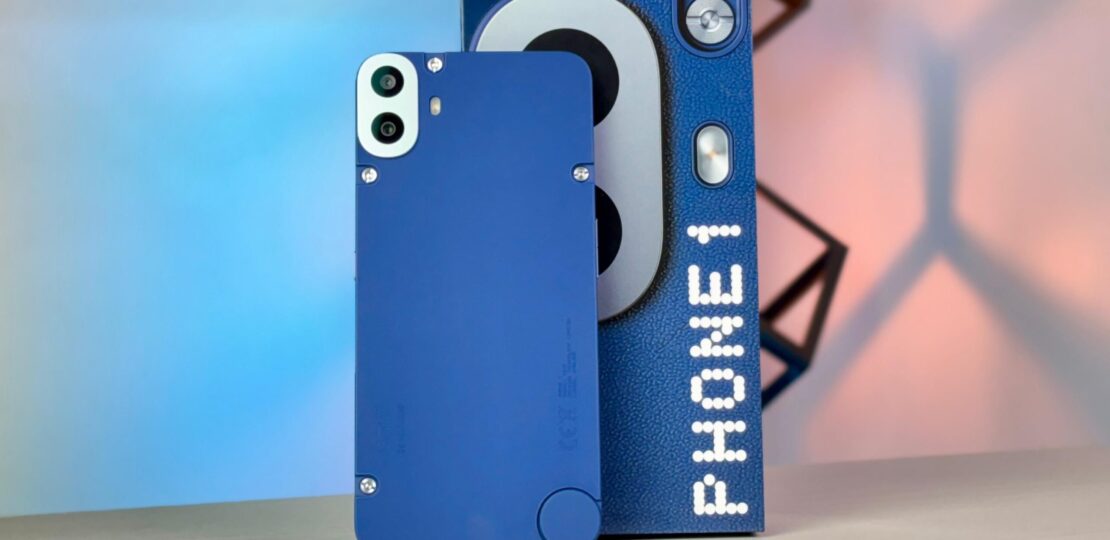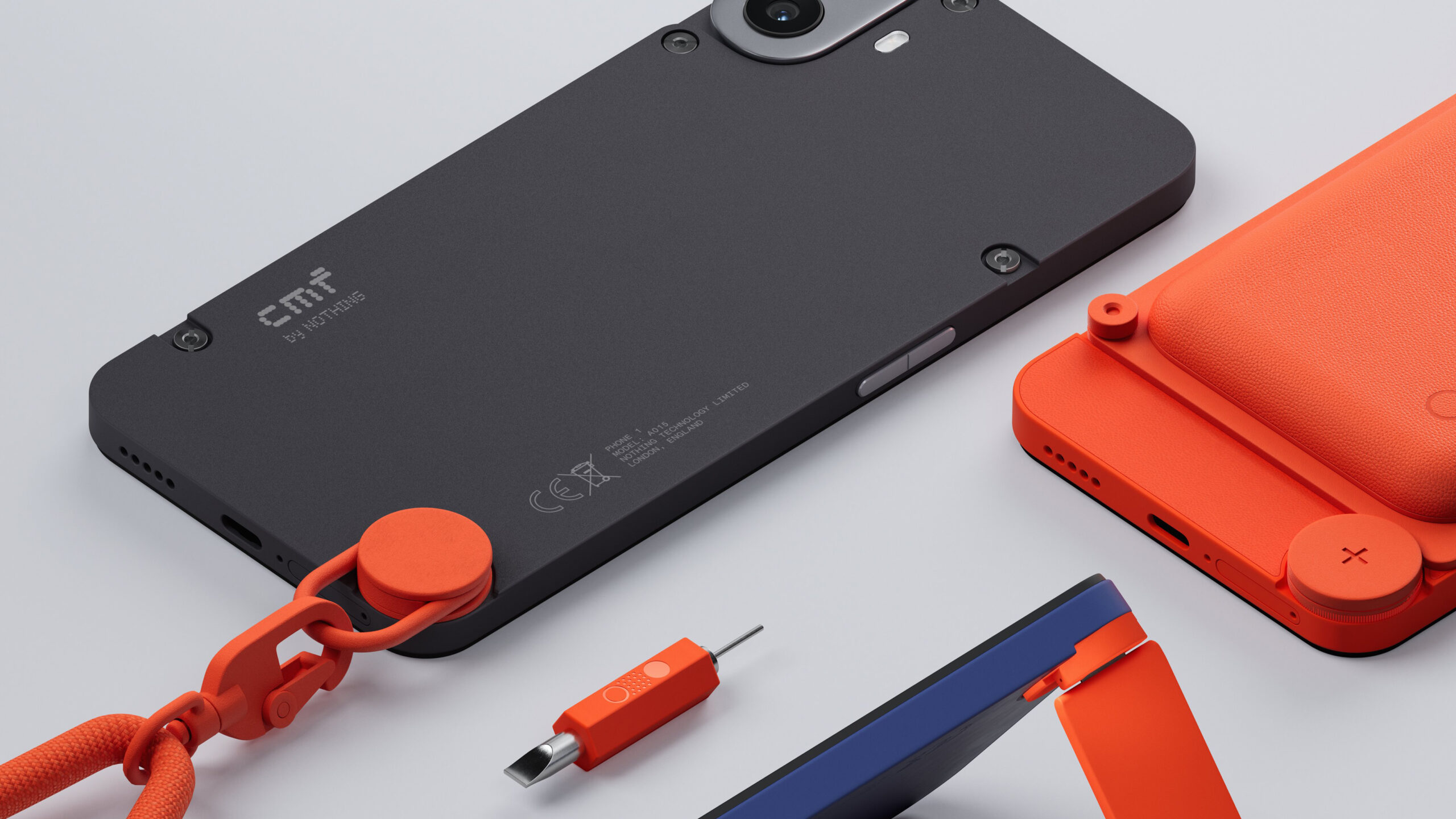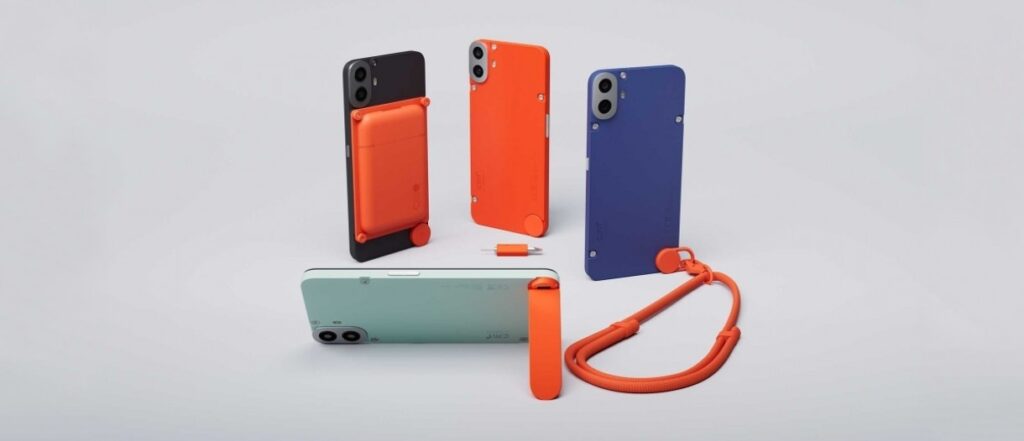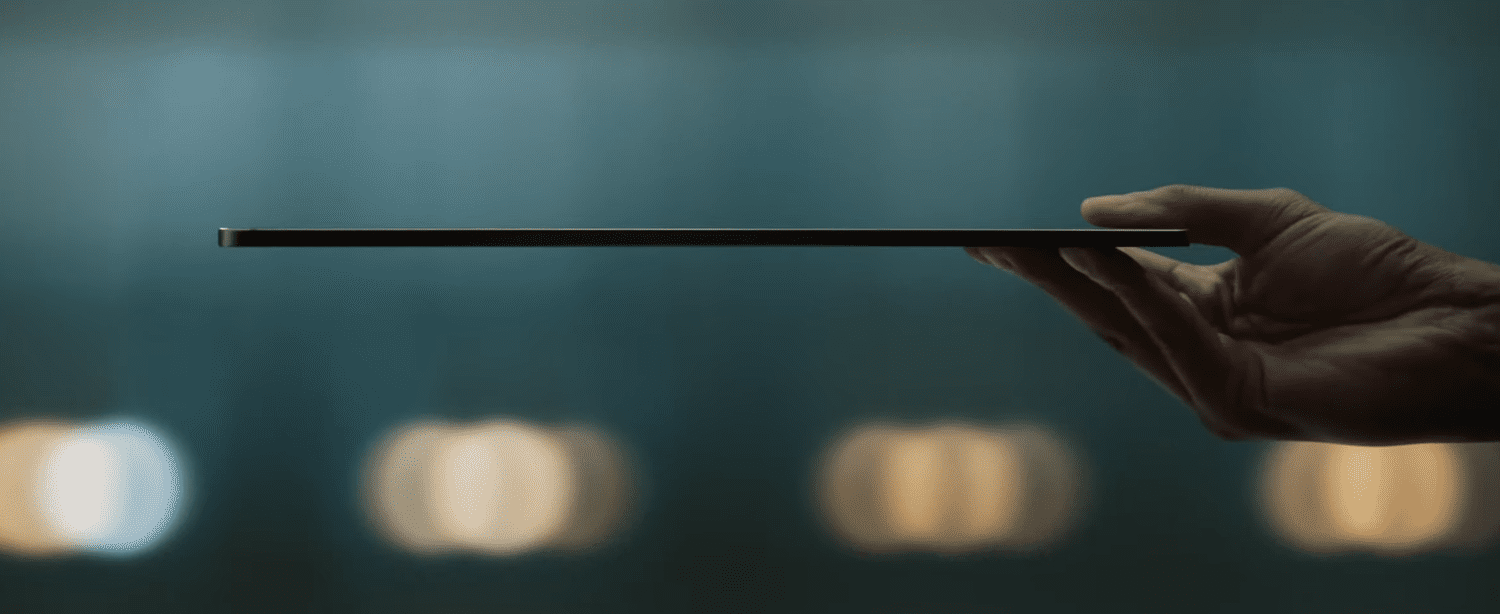The CMF Phone 1: A Budget-Friendly Phone That Can Do It All!
December 24, 2024 | by ranazsohail@gmail.com

The name “CMF Phone 1” by Nothing might sound a bit odd, but what this phone is all about is actually pretty straightforward. Whether you love it or hate it, this is definitely one of the more interesting phones on the market right now. A few years ago, Nothing came in with a simple but bold idea: “What if we made an affordable budget phone that focused on software and design?” And they pulled it off—those phones were actually pretty solid. Now, CMF is Nothing’s budget-friendly sub-brand, and they’ve taken that idea even further. That’s how we end up with this.

Design
At $200, the CMF Phone 1 doesn’t seem to stand out in terms of specs when compared to other $200 Android phones. But where it really sets itself apart is in its software and design. Let’s talk about the design first, because it’s easily the most interesting part of the phone. On the surface, it looks pretty standard: flat sides, average bezels, a big AMOLED display, and dual cameras on the back in the corner. But then you notice two things: first, there’s a dial-like knob on the bottom corner of the phone. And second, there are metal screws all around the edges of the device.
Removable Back
The phone’s plastic back is a standout feature because it’s completely removable and can be swapped out for a variety of colors. You’ve got black, orange, blue, and even a light blue with a hint of green, depending on who you ask. It’s a fun and unique feature, especially at this price point. It takes me back to the Moto Maker days when you could customize your phone, but back then, the changes were permanent. These days, removable backs on phones are rare, and while the material is still a bit flimsy and flexible, once it’s attached, the phone feels solid. It’s a cool and inexpensive way for the manufacturer to add a touch of customization.
In the box, you’ll also find an orange combo tool—a SIM ejector and flat-head screwdriver. You’ll need this to remove the SIM card tray and unscrew the back. There’s also a matching SIM tray and dial to keep everything consistent, but you can totally mix and match the colors if that’s your thing. It’s a nice way to make the phone feel a little more personal.
The removable back is one thing, but there’s also this knob on the bottom corner that caught my attention. When it was first teased on Twitter, we were all speculating about it. Was it a volume knob? A fidget toy? Or maybe a customizable button? Turns out, it’s actually a mount for accessories.
The knob doesn’t spin around; it’s more like a colorful thumbscrew. If you take it off, you can replace it with one of three accessories the company offers: a kickstand that lets you prop up the phone on a flat surface, a card holder that holds up to four cards and attaches magnetically, and a lanyard, in case you want to wear your phone around your neck. While a lanyard might not be for everyone, it’s definitely an option if you’re into it.
Is this just a gimmick? Personally, I don’t think so. The kickstand is actually something I’d want on my phone, or at least the option to use it whenever I feel like it. It’s a small but useful feature that helps this phone stand out from others in the $200 range, especially in terms of design.
Sure, it takes a bit of effort—unscrewing a few screws, using the SIM card ejector tool, and twisting things around—to swap the accessories on the back. So, it’s not something you’d do constantly, but it works when you need it. And when there’s nothing attached to the back, the dial sticks out just enough to match the camera bump on the other corner, so the phone doesn’t wobble. Nice touch, CMF.
There are some cool hardware options here, but what really matters is how the phone performs day-to-day. I’ve been using the CMF Phone 1 for almost a week now, and honestly, it feels just like using a Nothing phone—which is a compliment.
This phone runs Nothing OS 2.6, and honestly, aside from the signature light-up glyph interface, it doesn’t miss a single feature that the more expensive Nothing phones offer. You get the cloned apps feature to run multiple instances of an app, Game Mode for better gaming, and the handy one-handed gesture that lets you pull down the notification bar with ease. Plus, it keeps all the aesthetics you’d expect: custom icons, widgets, and the signature dots font. You still have access to your notification history, which is a feature that doesn’t get enough credit. Overall, it feels just like using a premium Nothing phone.
There were times when I honestly forgot I was using such an affordable phone. The display is bright and responsive—typically ranging from 500 to 700 nits in normal use, with an AMOLED screen that can peak at 2,000 nits. The refresh rate adapts between 60Hz and 120Hz, with a 240Hz touch sampling rate, so it’s smooth and quick. For everyday tasks like scrolling through social media, reading emails, or light web browsing, this phone performs flawlessly. It’s smooth and snappy.
Under the hood, it’s powered by the MediaTek Dimensity 7300 5G chip, which holds its own against the Snapdragon 7 Gen 1 in benchmark tests. It comes with either 6GB or 8GB of RAM, depending on the model you choose. For $200, it’s impressively well-equipped.

That said, you can definitely feel where the phone cuts corners to hit that price point. These aren’t complaints, just the trade-offs that come with an affordable device. For instance, it has a 5,000mAh battery that lasts a long time, but it doesn’t support wireless charging, and there’s no charger included in the box. It does support 33W fast charging, though. There’s no NFC, and the vibration motor is cheap and weak. The mono speaker at the bottom is easy to block with just one finger. The optical under-display fingerprint sensor is a great touch for a budget phone, but it’s a bit slow and often requires multiple attempts to unlock.
The plastic back of this phone feels perfectly fine when it’s attached to the frame, but once you detach it, it’s a different story. It reminds me of a car bumper—it feels flimsy and not very durable. The buttons? They feel like they’re barely hanging on by some elastic, and honestly, I could snap them off without much effort, though they haven’t broken yet. And since the back is removable, the phone isn’t fully water-resistant, so it only has an IP52 rating, which is just enough to handle a splash but nothing more.
Camera
We all know that budget phones rarely have great cameras, and this one is no exception. It’s using a 50-megapixel Sony IMX882 sensor, which takes decent pictures—nothing mind-blowing, but definitely good enough for everyday shots. The same sensor is found in other budget phones like the POCO F6 and Realme 12 Pro, as well as the Moto Edge for some reason. However, there’s no OIS (Optical Image Stabilization), so once the lighting starts to fade, the pictures get a lot worse. As for the second sensor at the top? Well, it’s not really a camera at all. It’s just a depth sensor meant to help with 2X Portrait Mode for better bokeh and background blur. Honestly, I didn’t notice it affecting my photos much, even when I covered it while taking shots.
Final Thoughts
Budget phones always come with trade-offs, and this one is no different. But I think they made some smart decisions with this one. For $200, it doesn’t look bad at all, and the design and software features are solid.
The CMF Phone 1 is mainly aimed at the Indian market, where it competes with other budget phones. Some of those alternatives might be a bit more expensive but come with things like two years of software updates, three years of security patches, large screens, and thin bezels. Many of them use MediaTek chips and lack AMOLED displays, which this phone has. They also usually offer microSD card expansion, which this phone supports as well. The biggest missing feature is NFC, but honestly, considering how smooth and enjoyable this phone is to use, it’s easy to forget about that. For $200, it’s really well-designed and engineered to look and feel premium.
CMF has also launched some other products recently, like a $69 smartwatch and $59 earbuds, which gives you an idea of what they’re working on next.
That’s my review of the CMF Phone 1. Let me know what you think!
RELATED POSTS
View all

